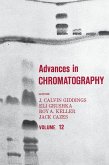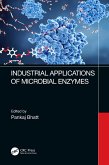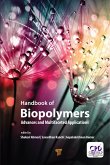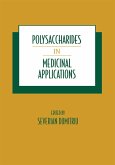Over the past decade, plasmonic nanoparticles have been the subject of extensive research, owing to their remarkable optical properties. These properties arise from a collective oscillation of the conductive electrons at the nanoparticle surface under light irradiation, known as localized surface plasmon (LSP). LSP is characterized by (i) a strong absorption and scattering of the light depending on the geometrical parameters of the nanoparticles and (ii) a strong amplification of the local field in the vicinity of the nanoparticles.
Quite recently, it was shown that the activation and the initiation of chemical reactions or physical processes can be facilitated using LSP excitation. Such exploitation presents two main advantages: an enhanced yield and a fine control of chemical reactions at the nanoscale. These topics have become very active and are in line with molecular plasmonics. This book explores this new field and provides a broad view on the exploitation of plasmonics in chemical and biological fields.
Quite recently, it was shown that the activation and the initiation of chemical reactions or physical processes can be facilitated using LSP excitation. Such exploitation presents two main advantages: an enhanced yield and a fine control of chemical reactions at the nanoscale. These topics have become very active and are in line with molecular plasmonics. This book explores this new field and provides a broad view on the exploitation of plasmonics in chemical and biological fields.
Dieser Download kann aus rechtlichen Gründen nur mit Rechnungsadresse in A, B, BG, CY, CZ, D, DK, EW, E, FIN, F, GR, HR, H, IRL, I, LT, L, LR, M, NL, PL, P, R, S, SLO, SK ausgeliefert werden.









